
The History of
Cannabis
Our world loved this plant way before it was criminalized. Let’s bring cannabis back to its roots.

The History of
Cannabis
Our world loved this plant way before it was criminalized. Let’s bring cannabis back to its roots.

2,737 BCE:
First record of cannabis being used as medicine by Emperor Shen Neng of China.





















Around 2,000 BCE:
Cannabis spread to Korea and Japan.
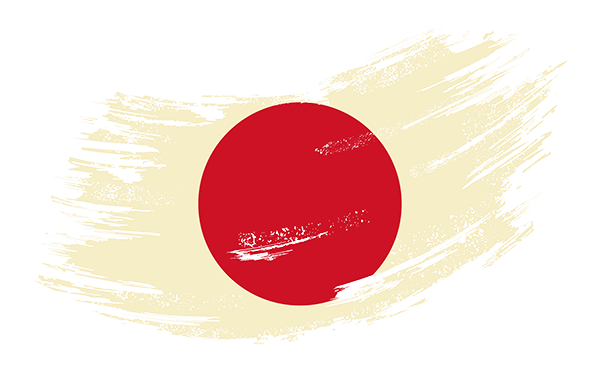


























2,000-1400 BCE:
Nomadic tribes spread it to the Middle East, Eastern Europe and South Asia, including India, where it became widely used as a sacred part of Hindu culture.





















3rd-6th Century CE:
Cannabis traveled with migrating tribes from Eastern Europe to Germany.



























5th Century CE:
Cannabis was introduced to Britain during Anglo-Saxon invasions.





















6th-7th Century CE:
Waves of migration from India brought the plant to Tibet, Nepal and Southeast Asia.
























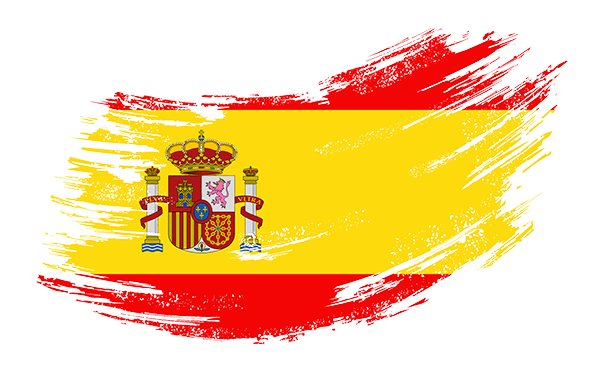


8th Century CE:
Moorish invasion from Northern Africa brought cannabis to Spain.





















7th-15th Century CE:
Cannabis was introduced to Morocco during the Arab Conquests of the Maghreb. Morocco is still one of the world’s largest cultivators of hashish.



























13th-14th Century CE:
Cannabis was brought into the African continent via Arab merchants and migrant Muslim populations.





















15th-16th Century:
Cannabis was introduced to Latin America several times.



























19th Century CE:
1.5 million indentured Indian workers were transferred to islands in the Caribbean, specifically Barbados and Jamaica, bringing ganja with them.





















1910-1911:
Cannabis was brought to the southwest US from Mexico via immigrants fleeing the country during the Mexican Revolution.





























1923:
Cannabis was added to the Confidential Restricted List under the Narcotics Drug Act Amendment Bill in Canada.





















1925:
Cannabis was deemed as dangerous as opium by the International Opium Convention of the League of Nations, and placed under legal international control.























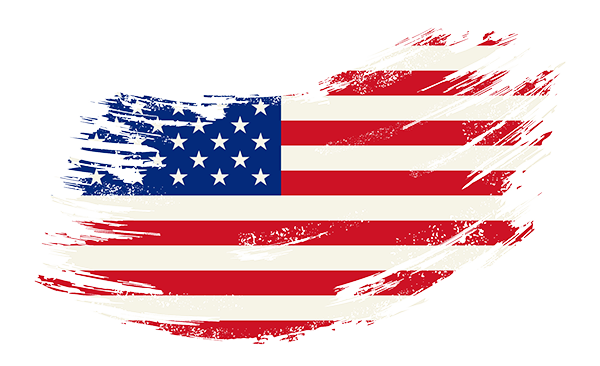


1930s:
Cannabis was banned in the US, thanks to a xenophobia-fueled anti-marijuana campaign.





















1951-56:
Stricter mandatory sentences in the US for drug-related offences. Minimum of 2-10 year sentence for first-offense possession with a fine of up to $20,000.
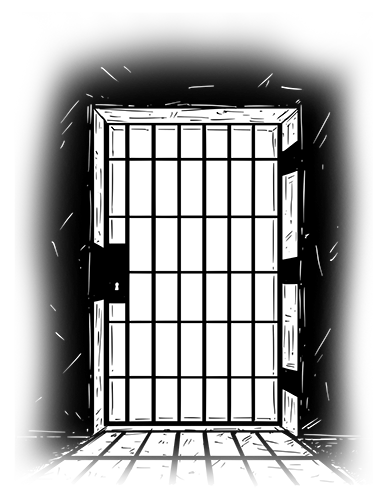























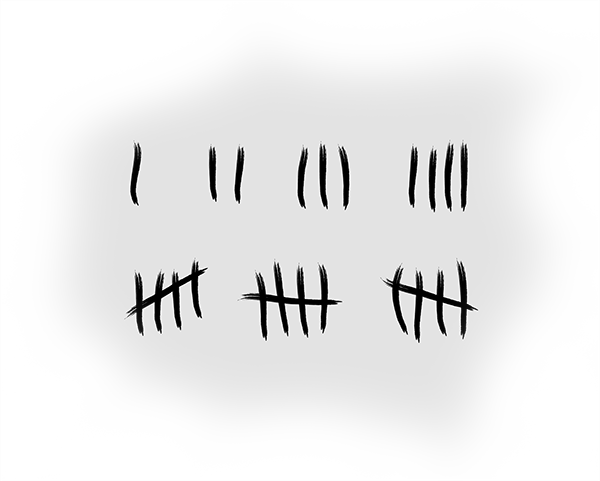


1986:
Penalty increased in the US, placing cannabis in the same category as heroin. It later increased even more, ordering life sentences for repeat drug offenders, and the death penalty for “drug kingpins.”





















2006:
Cannabis arrests more than doubled to 829,600 from an estimated 327,000 in 1990. Only 11% of those arrests were for selling or growing, while 89% were for possession.
























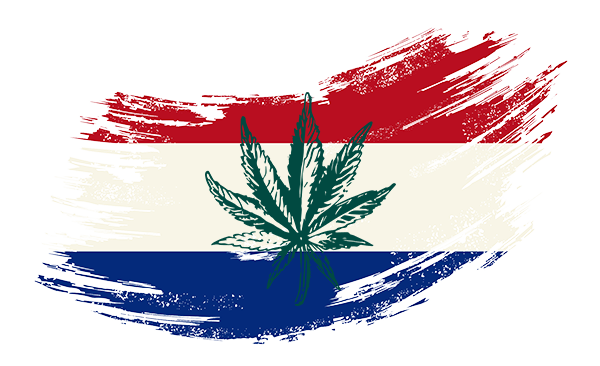


2000’s:
A number of Latin American and European countries began to legalize cannabis.





















October 17, 2018:
Canada legalized cannabis use. But hundreds of thousands of Canadians still penalized for previous possession charges.





























1930’s-Now:
The war on cannabis rages on in North America. Racialized people continue to get unfairly targeted, tearing families apart, and keeping countless communities in disadvantaged positions.
2,737 BCE:
First record of cannabis being used as medicine by Emperor Shen Neng of China.
























Around 2,000 BCE:
Spread to Korea and Japan.
























2,000-1400 BCE:
Nomadic Indo-European tribes spread the plant to the Middle East, Eastern Europe and South Asia, including India. Cannabis was widely used in India, referred to as Ganja, in Sanskrit. It became a sacred part of Hindu culture.
























3rd-6th Century CE:
Cannabis traveled with migrating tribes from Eastern Europe to Germany.
























5th Century CE:
Cannabis was introduced to Britain during Anglo-Saxon invasions.
























6th-7th Century CE:
Waves of migration from India brought the plant to Tibet, Nepal and Southeast Asia.
























8th century CE:
Moorish invasion from Northern Africa brought cannabis to Spain.
























7th-15th Century CE:
Introduced to Morocco during the Arab Conquests of the Maghreb. Morocco is still one of the world’s largest cultivators of the cannabis concentrate, hashish.
























13th-14th Century CE:
Cannabis was brought into the African continent via Arab merchants and migrant Muslim populations.
























15th-16th century:
Cannabis is introduced to Latin America several times
























19th century CE:
British authorities transferred 1.5 million indentured Indian workers to islands in the Caribbean, specifically Barbados and Jamaica, bringing ganja with them.
























1910-1911:
Cannabis was brought to the southwest US from Mexico via immigrants fleeing the country during the Mexican Revolution.
























1923:
Cannabis was added to the Confidential Restricted List under the Narcotics Drug Act Amendment Bill in Canada.


























1925:
Cannabis was formally labelled as addictive and as dangerous as opium by the International Opium Convention of the League of Nations, and was placed under legal international control.























1930s:
Cannabis was banned in the USA, thanks in large part to a xenophobia-fueled anti-marijuana campaign aimed at demonising the plant and those who use it.
























1951-56:
Stricter mandatory sentences in the US for drug-related offences. Minimum of 2-10 year sentence for first-offense possession with a fine of up to $20,000.
























1986:
Penalty was raised in the US. Possession of 100 plants received the same penalty as 100 grams of heroin. It later included a “three strikes and you’re out” policy, ordering life sentences for repeat drug offenders, and the death penalty for “drug kingpins.”
























2000’s:
A number of Latin American and European countries begin to legalize cannabis
























2006:
Cannabis arrests more than doubled to 829,625.21 from an estimated 327,000 in 1990. Only 11% of those arrests were for selling or growing, while 89% were for possession.
























October 17, 2018:
Canada legalizes cannabis use


























1930’s-Now:
The war on cannabis rages on in the US. Racialized Americans continue to get unfairly targeted, tearing families apart, and keeping countless communities in disadvantaged positions.




